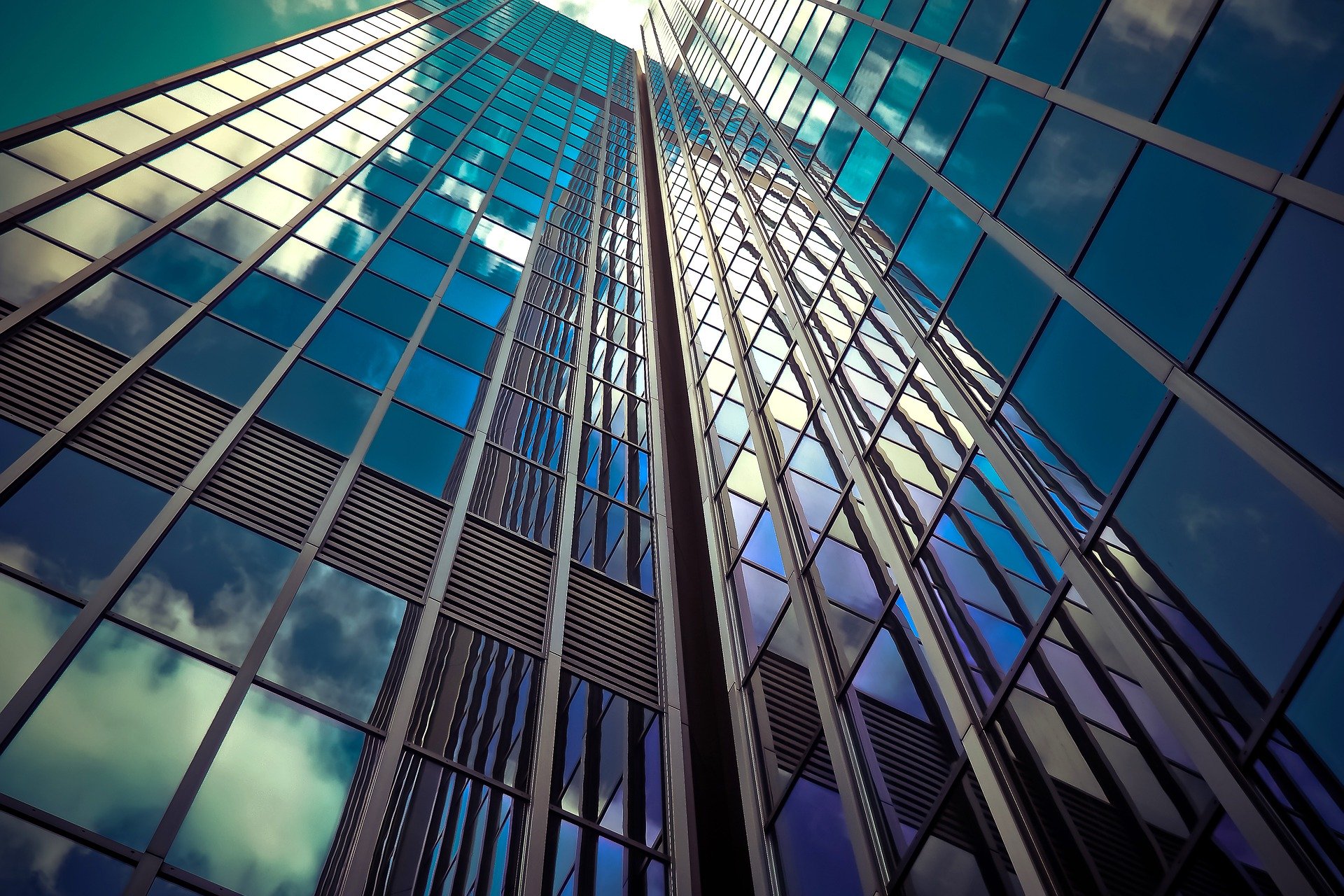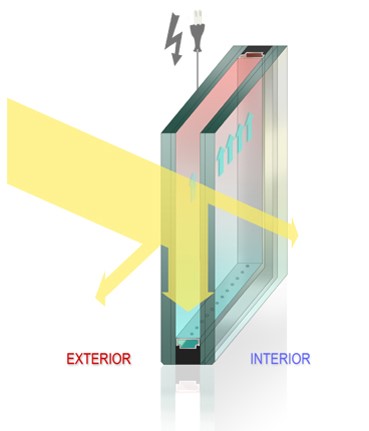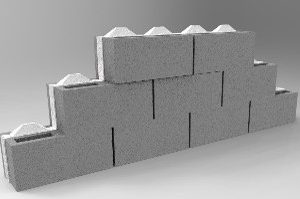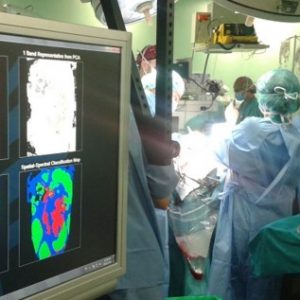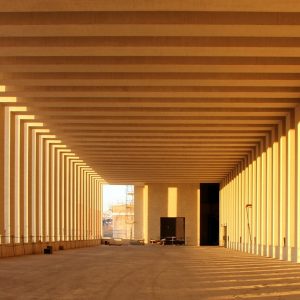Brief description of the technology solution and the added value it provides
IntelliGlass glazings are products that can be used in the construction of glass buildings to reduce building energy demand and improve comfort. IntelliGlass technology is the result of 10 years of research by a team from the School of Aeronautical Engineering, Polytechnic University of Madrid (UPM). Currently, there is a 150 m2 curtain wall facing west at the University of Castilla La Mancha (Cuenca) where the advantage over conventional glazing lies in capturing thermal energy for the building’s HVAC system. These glazing can also be used as interior partitions acting as cold or hot radiating surfaces. This is the case of a Multipurpose Building in Madarcos Endowment, Madrid.
Description of the technological base
IntelliGlass is a technology that gives conventional glazing the ability to capture heat and electricity through a water chamber and a photovoltaic layer. The function of the water chamber is twofold: (i) on one hand, it prevents overheating glass building from infrared energy coming from the sun, and (ii) on the other hand, the energy is transported through a closed system of circulation water and a storage tank for comprehensive HVAC building. The role of the transparent photovoltaic film is to produce electricity for the consumption of the building or grid injection. So, this envelope solves three needs: the constructive one, the thermal energy associated to climatization and electricity associated to nocturnal lighting and/or electrical machines.
“The IntelliGlass glazing system transforms energy consumer buildings in producer buildings maintaining the aesthetics of glass”
Market demands
Energy
- Public buildings and offices. There is a need to implement HVAC systems that reduce energy consumption and increase the comfort level inside buildings.
- Residential buildings. According to Eurostat, the price of electrical energy in Spain has increased by 60% in the last 10 years, so there is a clear need to reduce energy consumption in buildings maintaining the current trends in aesthetics.
Environment
- Need to reduce emissions of greenhouse gases.
- The building energy certification is now a necessity. To obtain certified LEED (Leadership in Energy & Environmental Design) seal is necessary for both the building’s HVAC systems and the isolation of the building envelope.
- Horizon 2020. The European Commission has marked as milestones: (i) 20% reduction in energy consumption, (ii) production of 20% of the energy of a country through for Renewable Energy Sources and (iii) reduction of 20 % of emissions of greenhouse gases.
Competitive advantages
- Thermal energy harvesting and production of electricity in the building envelope.
- Hot water for use both in cold facades of the building and HVAC systems.
- Increased thermal comfort inside the building associated to the removal of infrared radiation absorbed in the water chamber.
- Increased insulation of the envelope associated to the mass of the water chamber.
- Natural lighting associated to the transparency of the IntelliGlass glazing system.
“The need to save energy in glazing buildings is essential with the shortage of energy resources and the rising cost of energy. The regenerative buildings are currently on demand”
Development stage
- Concept
- Research
- Lab prototype
- Industrial prototype
- Production
Contact
Contacto IntelliGlass
Juan A. Hernández, Fernando del Ama,
Miguel Hermanns, César Hernández
e:
www.intelliglass.com
Contacto UPM
Área de Innovación, Comercialización y Creación de Empresas
Centro de Apoyo a la Innovación Tecnológica – UPM
e:


